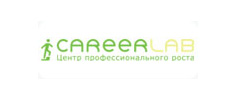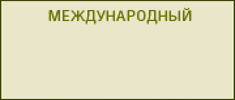Authors
Luk`yanov S. A.

|
Degree
|
Doctor of Economic Sciences, Associate Professor of the Department of Interna¬tional Economics, Ural State University |
|---|---|
|
E-mail
|
s.lukyanov@usu.ru |
|
Articles
|
On quasi-competition on the Russian passenger air transport services market and on the new transportation company emergence opportunitiesThe authors examine what the main barriers are that are hampering the process of the new com¬panies' entrance into the passenger air transport market. The examination is based on the findings of the comprehensive research conducted during the winter of 2007-2008. All the RF air transport companies' information was analyzed. We have come to a conclusion that there are significant structural, technology and attitudinal barriers that hamper the process of the new companies' en¬tering into the sector market. That means that today there is a quasi-competition in this modern Russian economy. The barriers' height in the sector was examined empirically, and the respondents say that the barriers created by the administrative officials make the most significant contribu¬tion to the competition curbing. In some of the Russian regions the only airport and the air transport company available are owned by the same entity or they are managed by the affiliated companies. This leads to the high business concentration and an artificially created monopoly. Our analysis has shown that such vertically integrated structures influence in some complex way the level of the social well-being. The article authors examine the ways that could be used to overcome the barriers. They use the econometric analysis methods to show that concluding a franchise agreement is an efficient way to overcome the barriers that hamper the new companies' emergence in the Russian passenger air transport services sector.
Read more...
Entrance barriers: the most important competition-resticting instrument used on the Russian marketA research was made into the characteristics of 180 organizations operating in the public catering segment in the Urals Region in spring of 2006. The authors use the research findings to examine the main entrance barriers set in the market segment. The article authors break all the barriers in two categories: the structure and technology-related ones and human behavior-related ones. The empirical data gathered from the poll respondents show that the behavior-related barriers are the most important ones in terms of their influence exerted on the segment newcomers. The article authors also examine the ways to overcome the barriers. Econometric analysis helped the authors find out that the franchising and direct investments are the efficient ways to overcome the entrance barriers set in the public catering market in the Urals Region.
Read more...
|



